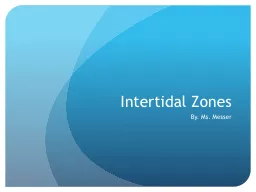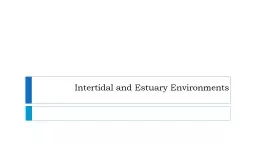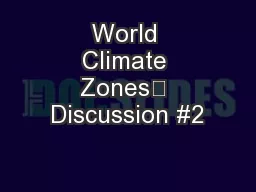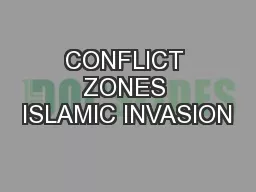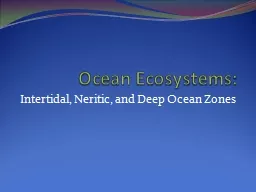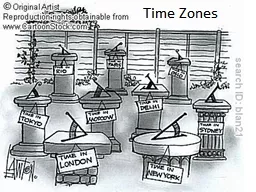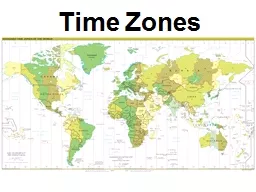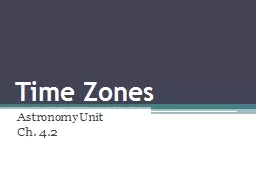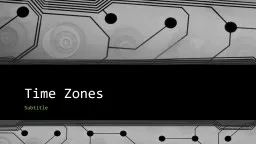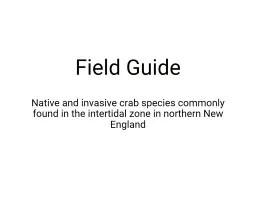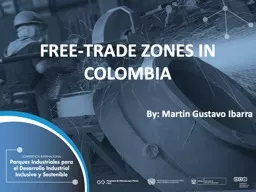PPT-Intertidal Zones
Author : min-jolicoeur | Published Date : 2016-05-16
By Ms Messer Intertidal Zone Where in the world is it found Intertidal zones are found where the land and sea meet between the high and low tide zones This complex
Presentation Embed Code
Download Presentation
Download Presentation The PPT/PDF document "Intertidal Zones" is the property of its rightful owner. Permission is granted to download and print the materials on this website for personal, non-commercial use only, and to display it on your personal computer provided you do not modify the materials and that you retain all copyright notices contained in the materials. By downloading content from our website, you accept the terms of this agreement.
Intertidal Zones: Transcript
Download Rules Of Document
"Intertidal Zones"The content belongs to its owner. You may download and print it for personal use, without modification, and keep all copyright notices. By downloading, you agree to these terms.
Related Documents

